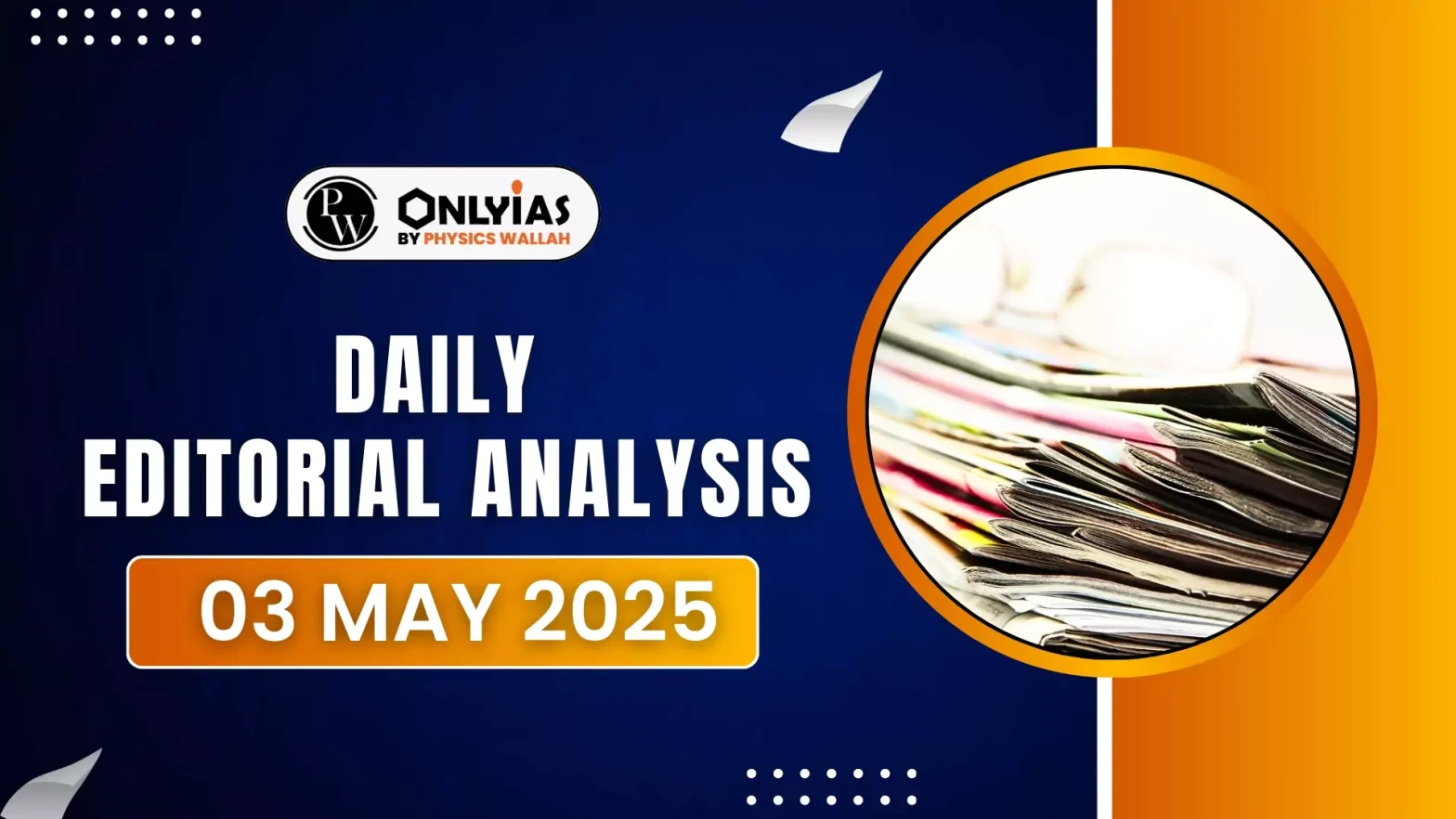Recently, the Cabinet Committee on Political Affairs (CCPA) has approved caste enumeration census as part of the upcoming Population Census, reversing its 2021 stance.
New Announcement: Caste in Next Census
- Govt to include caste in upcoming Census.
- Transparent, structured questionnaire to be used.
- Like Bihar’s 17-column caste survey form.
- Data on OBC sub-castes, minorities too.
- Helps identify who’s dominant or marginalized.
About Census
- Definition: The Census is a decennial, nationwide population survey that collects demographic, economic, and social data.
- Historical Origin: It has been conducted regularly since 1872, with the first complete Census held that year under British rule.
- Administrative Authority Post-Independence: Post-Independence, the Census is conducted by the Registrar General of India under the Census Act of 1948.
- Census Record Since Independence: Since independence, the Indian government has conducted 15 censuses, with the last one in 2011.
- 2021 Census Status: The Census scheduled for 2021 was postponed due to COVID-19 and is yet to be conducted.
- Legal Framework: All censuses since 1951 have been conducted under the Census of India Act, 1948.
- Constitutional Status: Census is a Union subject (Entry 69, Union List, Schedule VII) under Article 246 of the Indian Constitution.
|
Historical Context
- Colonial-Era Baseline: The last caste-based census was conducted in 1931 under British rule.
- Unpublished Attempt: SECC 2011 attempted to collect caste data, but results were not released due to data inconsistencies.
- Current Data Gaps: Current censuses only include Scheduled Castes (SCs) and Scheduled Tribes (STs), excluding Other Backward Classes (OBCs) and other marginalised groups.
Benefits of Caste Census
- Data-Driven Insight: Enables accurate assessment of socio-economic conditions, education, employment, healthcare, and disparities across castes.
- Targeted Policy-Making: Facilitates targeted welfare schemes and efficient allocation of resources.
- Measuring Policy Impact: Offers a tool for evaluating the effectiveness of reservation and affirmative action policies.
- Empowering the Marginalised: Helps recognise and give visibility to historically marginalised communities.
- Strengthening Democracy: Strengthens democratic participation and enhances representation in public institutions.
- Acknowledging Reality: Acknowledges the realities of caste-based inequality that persist in India.
Constitutional Values
- Alignment with Ideals: Aligns with India’s constitutional commitment to justice, equality, fraternity, and inclusive development.
- Fact-Based Governance: Shifts governance from assumptions to facts, and exclusion to empowerment.
Challenges and Risks that Need to Be Tackled
- Execution Complexity: Requires meticulous planning, transparency, and sensitivity to avoid errors.
- Potential for Misuse: Risks include potential politicisation and misuse of caste data.
- Data Integrity Crucial: Ensuring data authenticity and ethical handling is essential for the census to succeed in its objectives.
Conclusion
The inclusion of caste in the national census is a transformative step towards evidence-based governance, aiming to empower marginalised communities and uphold the constitutional vision of equality and social justice.
![]() 3 May 2025
3 May 2025

